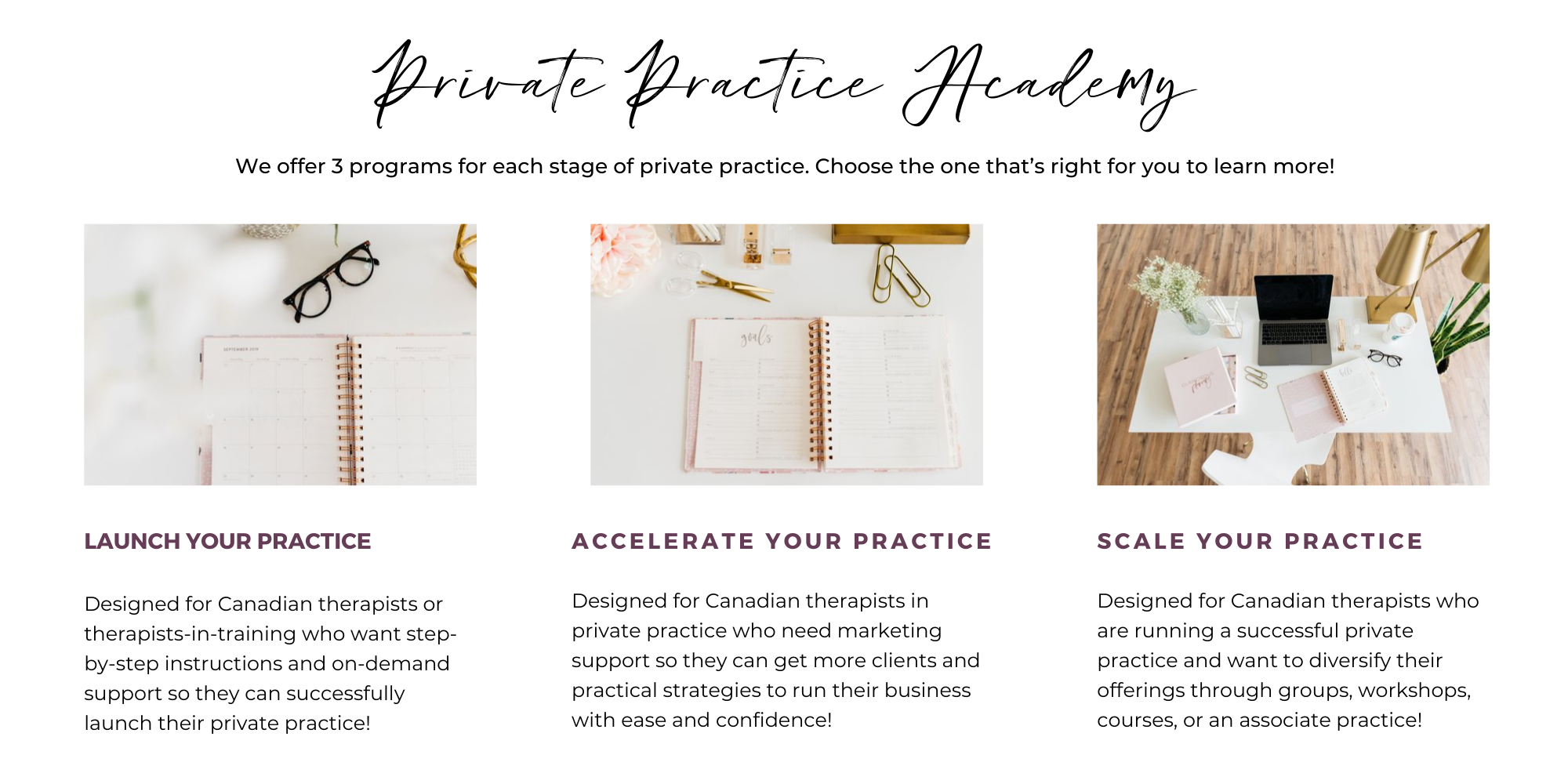Planning for the Unexpected
As an entrepreneur, most of us have dreamed of flexibility in our schedules and time off when we want it. The reality is that handling our own vacation time and sick leave can be stressful.
It’s easy to idealize six weeks of vacation or leaves of absence without having to go through human resources or getting the boss’ approval. Yet in our visualizations, we don’t think about the real-time ramifications of time off, including loss of income, handling client concerns, and maintaining the health of our practice while we’re away.
In my nearly 20 years of being self-employed, I’ve navigated it all, and here are some of the most important things I’ve learned along the way.
Plan in Advance
The most important thing you can do for yourself regarding vacation time, sick days, and leaves of absence, is to plan.
Think about all of the concerns you have and anything you think might crop up, and create a contingency plan. If you’re not sure what could go wrong, ask an experienced colleague who can help shed some light on the specific issues you might face.
It might be tempting to hope that everything will go smoothly, but chances are that you’ll experience some bumps along the road, and it’s better to have made a plan in advance instead of feeling unprepared to deal with the unexpected.
Create a Financial Plan
It’s essential to treat your small business the same way you would be treated if you were employed by an organization. Decide ahead of time how many weeks of vacation you will take each year, including time off for continuing education and anything else that is a part of your regular routine. Also, consider giving yourself “sick days” and build unexpected time off into your financial plan.
If you know that you will take three weeks vacation and have planned for two weeks sick time in a given year, calculate how much money you will need to set aside each month to cover that time away.
Estimate your annual income; let’s say it’s $100,000 to make the math easy. Divided by 47 weeks per year (52 minus 5 weeks off), you can expect to earn a gross weekly income of $2127. That means you need to set aside (5 x $2127) $10,635 per year to cover your time off, which is about 10% of your gross income.
All you have to do is set aside 10% of your monthly (or weekly) income into a savings account, and you will have what you need to cover you for vacations, sick days, and leaves of absence.
Handling Clients
The most important piece of advice I can offer in terms of navigating any potential issues with your clients around vacation time and sick days is to learn how to manage your clients’ expectations.
Sometimes, we can inadvertently leave our clients with the impression that we are always available. We do this by having loose boundaries, making ourselves available outside of our regular working hours, or overextending ourselves to meet their needs. Then, when we need to take time for ourselves, this can be perceived by our clients as feeling abandoned or not prioritized.
I recommend setting healthy boundaries with your clients from the very beginning. Set firm days and times for when you work and don’t make exceptions that cut into your family time or personal well-being. Make it known by writing it into your consent form and communicating it with clients during the intake process, when you typically take vacation, and what they can expect if you are ever sick or dealing with an unexpected event or family emergency. That way, when it happens, your clients are more prepared.
We can sometimes trick ourselves into believing that our clients are dependent on us and that we can’t take time off—this isn’t true and sets up an unhealthy dynamic. It’s good for our clients to know that we engage in appropriate self-care too and that they have other resources beside us. If your clients are engaged in regular weekly or biweekly therapy sessions, they might even appreciate the break too!
If you need support creating a contingency plan, handling your finances around vacation time and sick days, or handling client expectations, please take a look at our BYPP Programs to see where we can support you.

